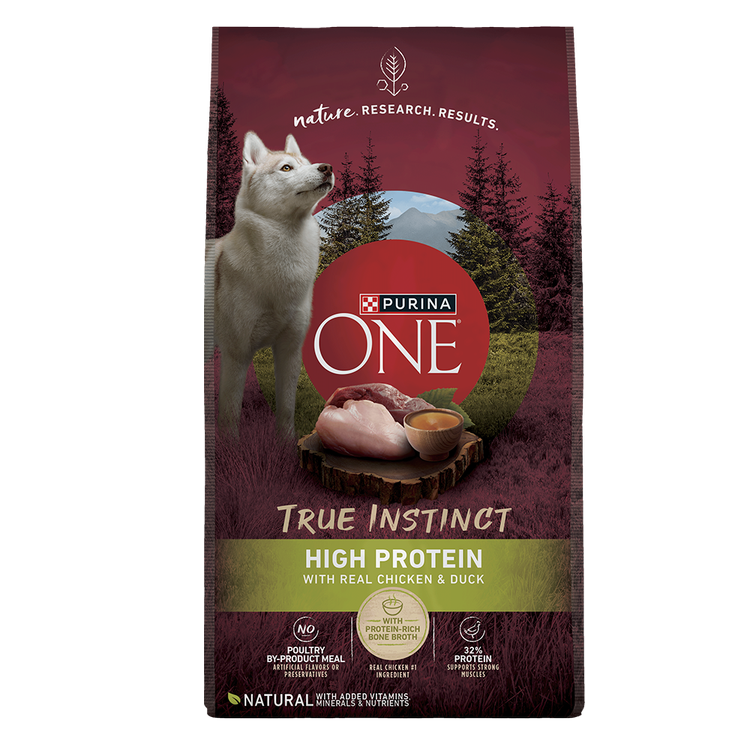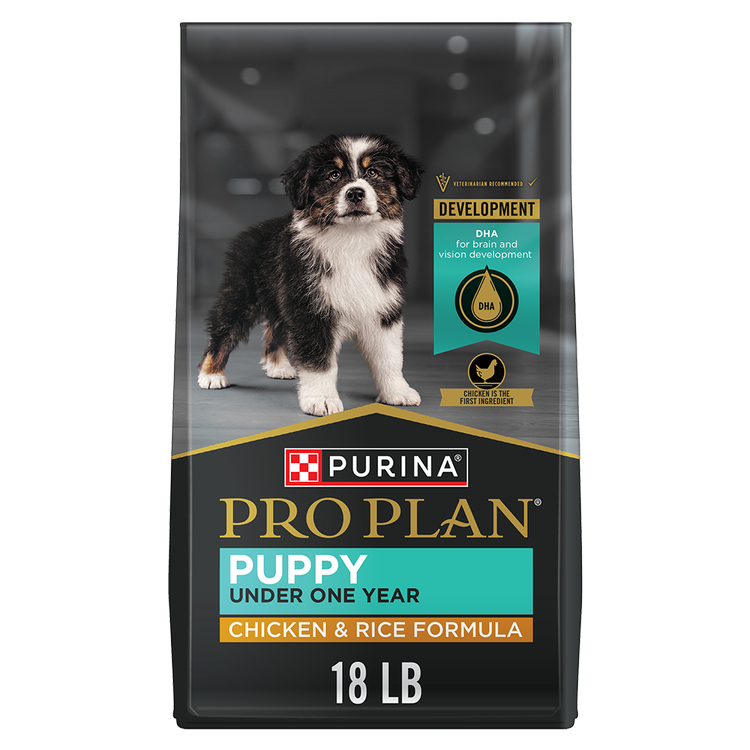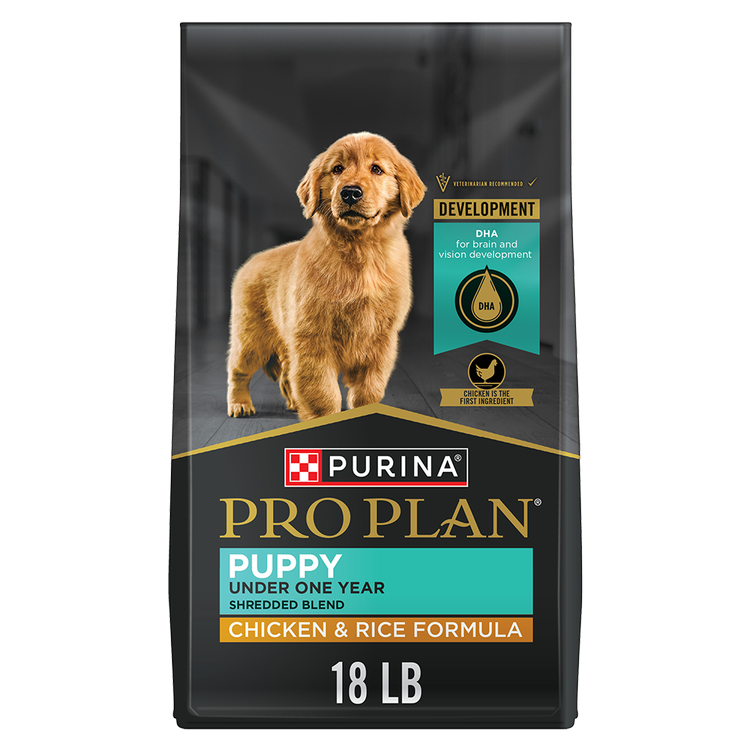Siberian Husky

- Size:Medium
- Height:Males: 21 to 23.5 inches; Females: 20 to 22 inches
- Weight:Males: 45 to 60 pounds; Females: 35 to 50 pounds
- Energy:Medium
- Activities:Agility, Dog Sledding, Obedience, Rally Obedience, Therapy
The Siberian Husky is an iconic symbol of its arctic roots. With his lush coat, inquisitive, almond-shaped eyes and friendly disposition, this sled dog is as comfortable in the snowy banks of Alaska as he is in the family home.
Temperament
The Siberian Husky is an affectionate breed with a gentle and friendly disposition. This makes him a fine companion to people of all ages. His eager-to-please nature and need for attention make him a poor guard dog, as he is more interested in making friends than fending off intruders.
Characteristics
The Siberian Husky is an outgoing, loyal and mischievous breed that is whip-smart and independent. But don’t let their wolf-like appearance fool you. The Husky is a domestic dog who loves quality time and affection from his family. He makes a poor watchdog, and is more interested in greeting visitors than scaring them off.
Though friendly with people, Huskies possess a fierce prey instinct, so they do best in homes without small pets like guinea pigs or even cats. This instinct may also compel them to dig holes, so supervise a your Husky’s outdoor time.
This breed loves to run and will do so at every opportunity – including out your front door or out of the back yard. Always keep your Husky is in a secured area or on a strong leash.
Lifespan
12 to 14 years
Colors
The Siberian Husky comes in 6 color variations officially accepted by the American Kennel Club (ACK), although more than 17 color combinations can be found in this breed. Additionally, 3 different markings are also seen, including black points, piebald and pinto.
Shedding
Siberian Huskies have thick double coats that shed heavily twice a year. They also shed moderately throughout the year, so weekly brushing is recommended.
Health
Siberian Huskies are generally a healthy breed. They should get an annual eye examination as well as regular check-ups to look for hip dysplasia, however.
Best Dog Food For Siberian Huskies
When selecting the best dog food for your Siberian Husky, consider his activity level, age and any other nutritional requirements he may need. Here are a few foods we recommend for Siberian Huskies to help maintain their health and ideal body condition.
Best Dog Food For Siberian Husky Puppies
The specific nutritional needs of puppies, regardless of breed, differs from those of adult dogs. Look for dog food formulas containing DHA to nourish brain and vision development and antioxidants to support their developing immune system.
Because Huskies take more time to mature than smaller dogs, they may need puppy food for up to 2 years. Speak to your veterinarian about when to transition your puppy to adult dog food.
History
Siberian Huskies were bred by the Chukchi people of northeastern Asia. They kept them as both family pets and sled dogs. As the Chukchi migrated and expanded their hunting grounds, they further developed the breed to transport light loads over long distances in subzero temperatures – all without expending a lot of energy.
The Husky entered the world stage when they began winning sled races in the early 20th century. The most famous Husky story belongs to a dog named Balto, who delivered a lifesaving serum to Nome, AK, after a diphtheria outbreak. This story has been retold in numerous novels, children’s books and movies, securing Balto as one of the most famous canine heroes of all time.
Facts
- The Siberian Husky ranks #12 in popularity out of the 194 dog breeds recognized by the AKC.
- Siberian Huskies are naturally clean, and only require bathing a few times a year.
- In 1925, the most famous Siberian Husky, Balto, helped deliver life-saving serum across 658 miles in just 5 days.
- The breed originated in northeastern Asia, bred by the Chukchi people.
- Siberian Huskies served in the Army’s Arctic Search & Rescue Unit of the Air Transport Command during WWII.
- Also referred to as “sled dogs”, Huskies can haul light loads over long distances in subzero temperatures.


